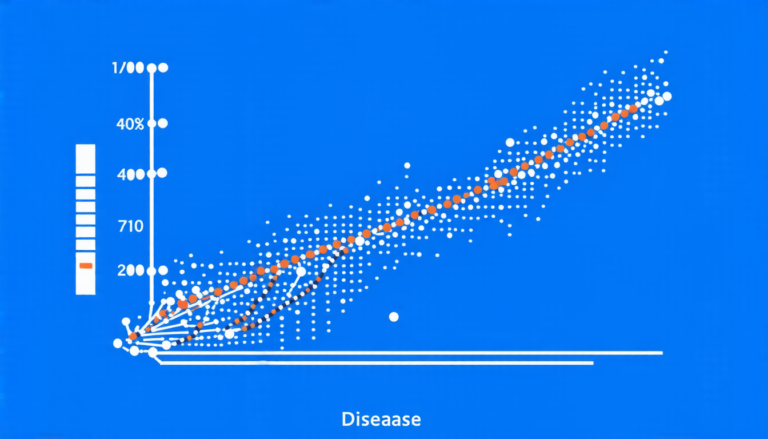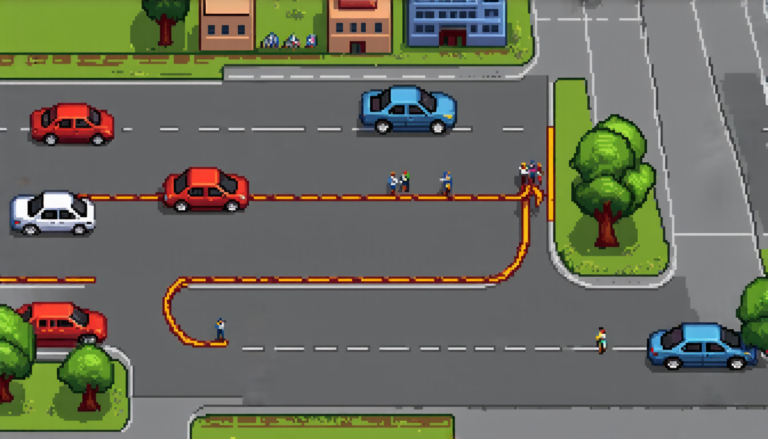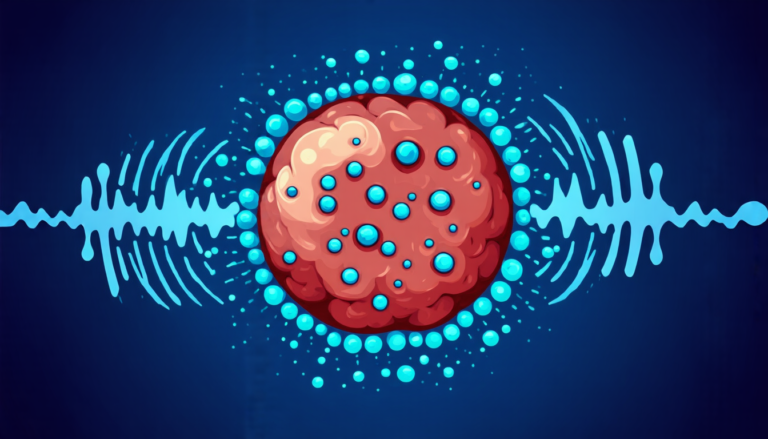Thursday 22 May 2025
Researchers have made a significant breakthrough in our understanding of complex networks, shedding light on the properties that govern their behavior. A team of scientists has discovered that certain types of graphs, which are mathematical representations of relationships between objects, can be perfectly divided into two groups.
These graphs, known as fork-free graphs, are found in many real-world systems, including social networks and biological networks. The researchers’ findings have important implications for our understanding of how these networks function and how they can be analyzed.
In a fork-free graph, each vertex (or node) is connected to other vertices through edges. A fork occurs when three or more nodes are connected in such a way that one node is the common neighbor of two others. The researchers found that if a graph contains no forks, then it can always be divided into two groups such that each group is perfectly connected.
Perfectly connected means that each node within a group has a direct connection to every other node within that group, but not to any nodes outside the group. This property allows for efficient communication and information exchange between nodes within the same group, while preventing it from happening with nodes in different groups.
The researchers used computer simulations to test their theory on various types of graphs, including those that contain forks. They found that if a graph contains no forks, then it can always be divided into two perfectly connected groups.
This discovery has important implications for our understanding of complex networks and how they function. For example, in social networks, the absence of forks could indicate a sense of community or cohesion among individuals within a group, while the presence of forks might suggest divisions or conflicts between different groups.
The researchers hope that their findings will help us better understand and analyze complex systems, which can have far-reaching implications for fields such as biology, sociology, and computer science.
Cite this article: “Deciphering the Hidden Patterns of Complex Networks: A Breakthrough in Graph Theory”, The Science Archive, 2025.
Complex Networks, Fork-Free Graphs, Graph Theory, Network Analysis, Social Networks, Biological Networks, Vertex Connectivity, Edge Connections, Network Clustering, Community Detection
Reference: Baogang Xu, Miaoxia Zhuang, “On minimal nonperfectly divisible fork-free graphs” (2025).







